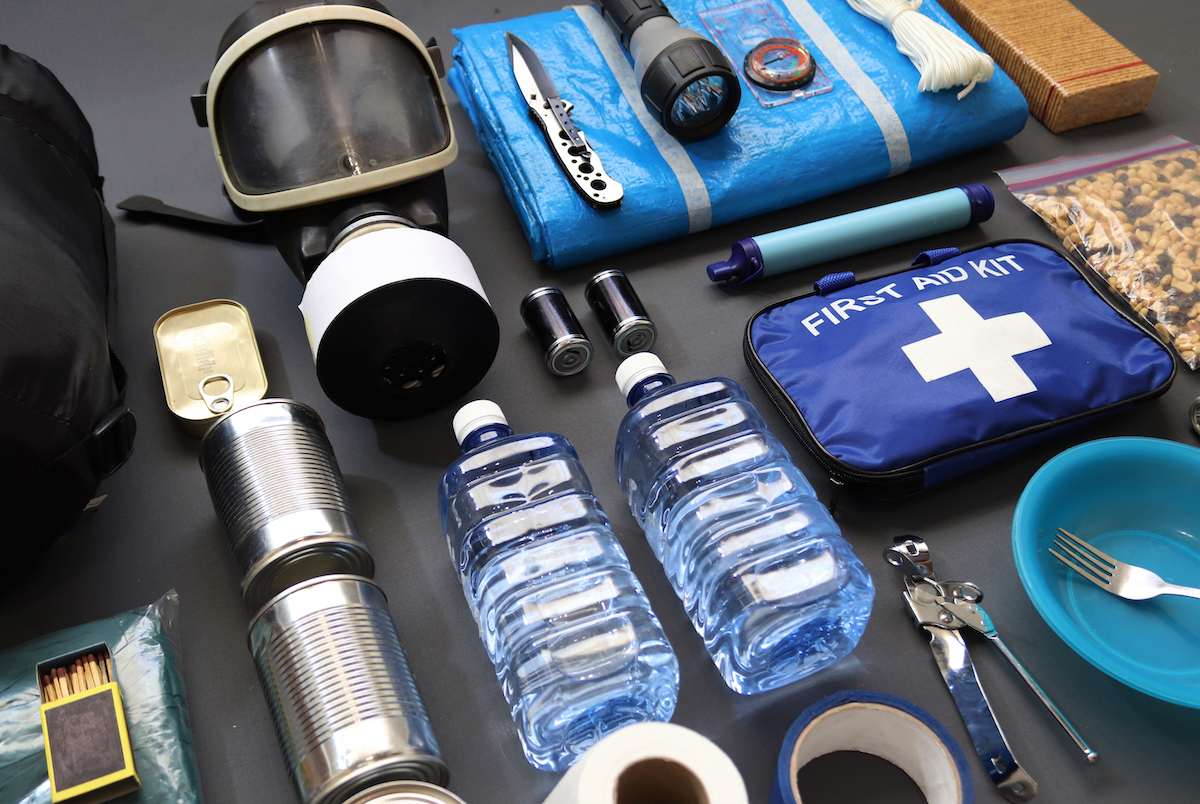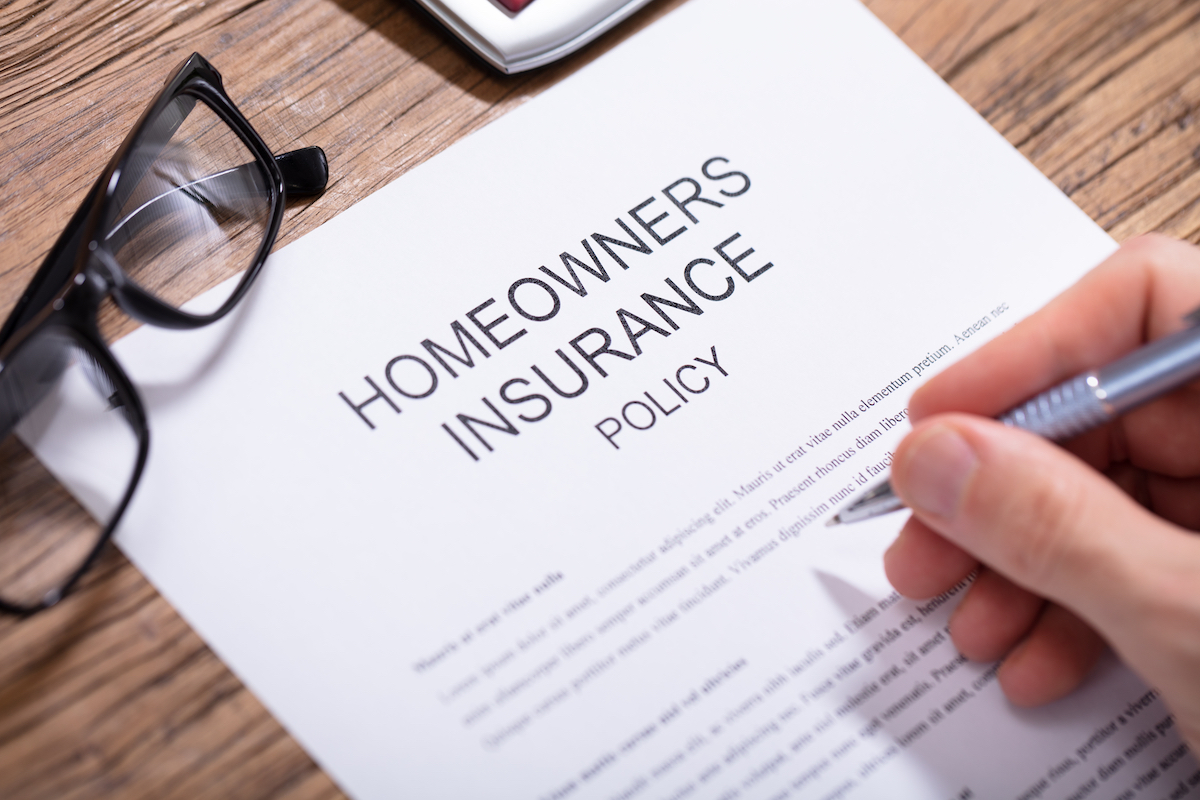How to Prepare Your Rental Home for a Natural Disaster
It's not your imagination — natural disasters around the world are intensifying. In fact, according to the World Meteorological Association, the number of disasters has increased by a factor of five over the past 50 years. Depending on your location, you could face anything from flooding to wildfires, from tornadoes to hurricanes.

It pays to prepare for a natural disaster ahead of time, so you aren't caught completely off guard and have some protocols in place to help you, literally and figuratively, weather the storm.
1. Have a disaster plan in place
The best way to prepare for a natural disaster and ensure your safety is to make a formal plan. First, sign up for emergency alerts in your area so you can have as much time as possible to put your plan into action if necessary.
Luckily, you don't have to create a natural disaster preparedness plan from scratch. Organizations like FEMA (Federal Emergency Management Agency) have free publications that can get you started on the right path. Your specific plan may vary depending on the type of disaster that might be typical for your area. For example, in the case of tornado safety, an underground shelter location is important. In the case of wildfire, tsunami or hurricane safety, clearly identify an evacuation route. The important thing is to have a formal plan for a potential natural disaster and communicate that plan among your roommates or family members. Don't forget a plan for your pets, as well!

2. Have a disaster kit on hand
You don't have to be a “prepper" to prepare for a natural disaster. You don't need underground bunkers and years' worth of supplies, but you can build a “go" kit that contains the essentials to support you and your family in case of an emergency. A basic emergency supply kit can contain potable water, non-perishable food, battery or crank-operated radio, flashlight, spare batteries, some tools, a basic first aid kit and more. If you need help ensuring your kit is complete, check out the FEMA checklist.
The likelihood is that your family will have specific needs past the basic checklist. Maybe you have several pets and keep extra food on hand for them. Or, maybe there's a family member with unique medical needs, so you include those supplies in their emergency kit. You should also put a small kit together for a child away at college to have in their dorm room. Lay out your emergency kit items in a large area. Think about your unique needs and make sure your kit is ready to go in case of a natural disaster.
3. Take proper precautions
While personal safety is paramount during any natural disaster preparedness plan, you also want to think about the safety of your home. While it's impossible to fortify your home against some natural disasters, you can do a few smart things to give it a fighting chance. For example, those who live in a wildfire-prone area can create defensible space around any structures. This means keeping flammable materials away from the home, trimming back vegetation and choosing fire-resistant building materials and landscaping. Firewise, a program of the National Fire Protection Association, has a list for homeowners to follow.
Those looking to prepare their homes for a hurricane should check for any leaks ahead of time, clean gutters to prevent flooding, install window shutters and secure any objects that may turn into projectiles in high winds. Depending on the type of disaster that may hit your area, it's a good idea to physically prepare your home as best you can.

4. Keep your insurance updated
Whether you have homeowner's insurance or renter's insurance, take the time to read the fine print. If you're in an area where flooding is possible, you may need to add a flood insurance rider because most insurance policies do not include it. Insurance documents are complex and confusing, so make sure you understand your coverages.
During a natural disaster, landlords have the potential for several types of losses, in addition to property repairs or replacements. You may also face lost income, due to an uninhabitable property and tenant liability claims in which a tenant brings a claim against the landlord for lost property or physical injury due to a natural disaster. It's important to know these potential outcomes when choosing and reviewing your insurance policy.
If you're a renter, the best course of action to prepare for a natural disaster is to make sure you have great renters insurance coverage. It's very inexpensive (often less than $15 a month) and is instrumental in keeping you afloat financially should you need to replace your belongings. Your landlord's insurance will not cover your belongings.
Plan ahead for natural disasters
The truth is, we can't avoid natural disasters. They're happening around the world and with more frequency. Make properly preparing for them a priority, putting a plan in place both for the safety and well-being of your family and for the security of your home and investment.
